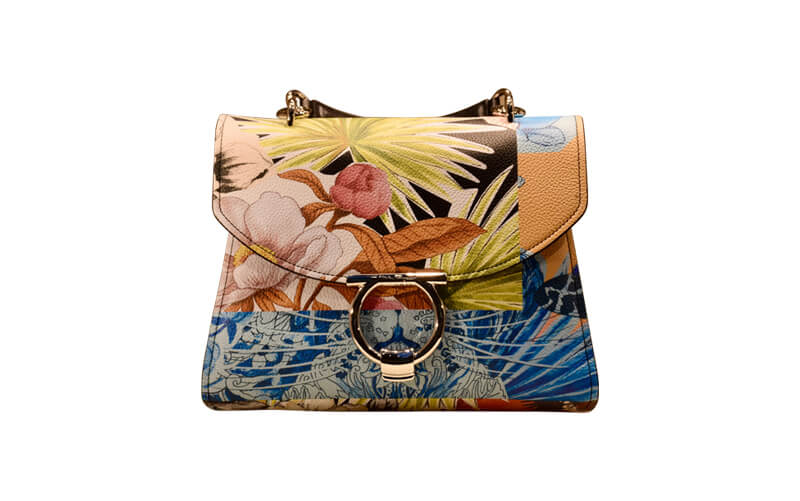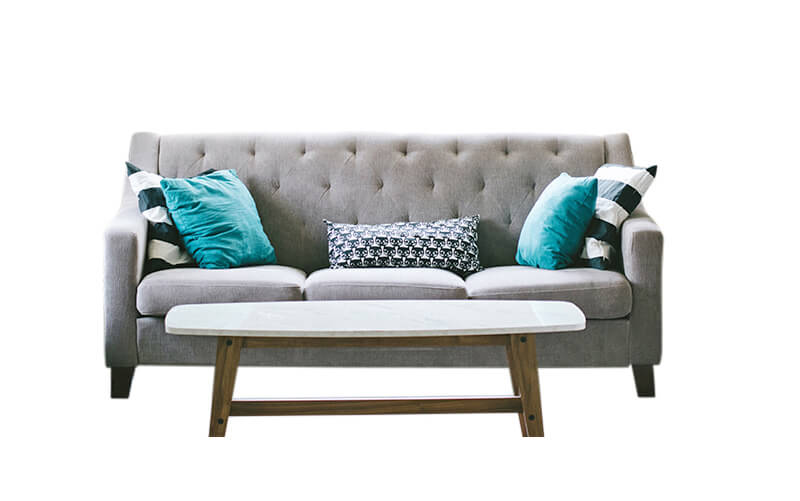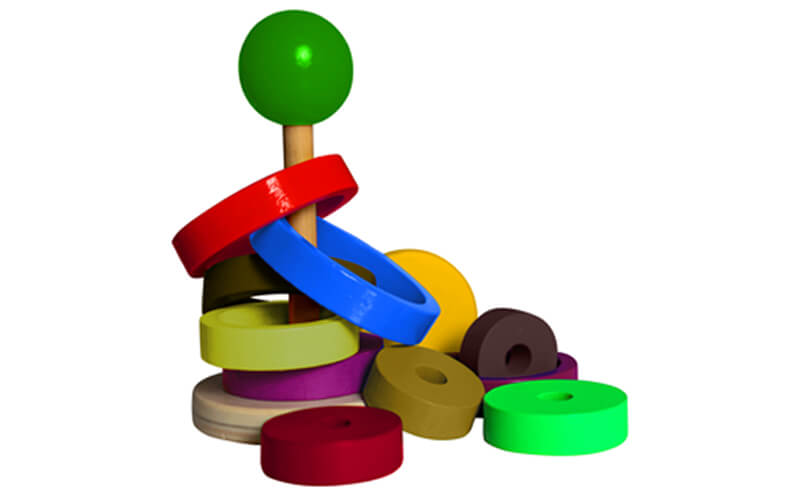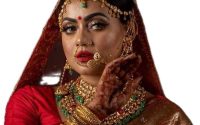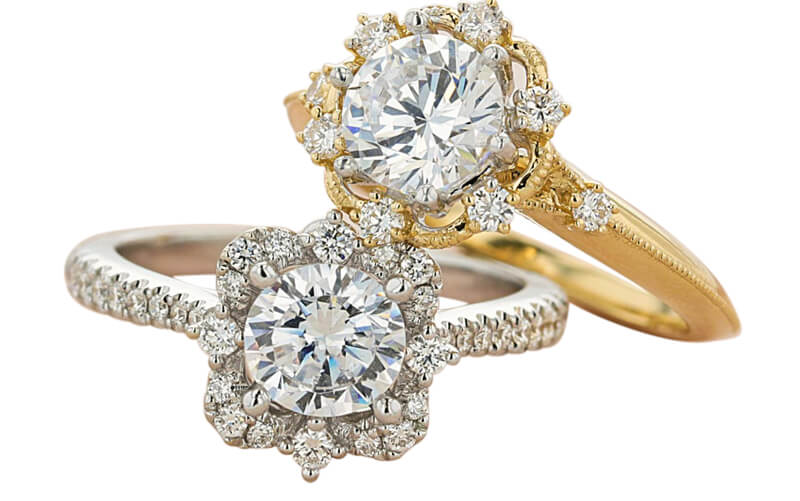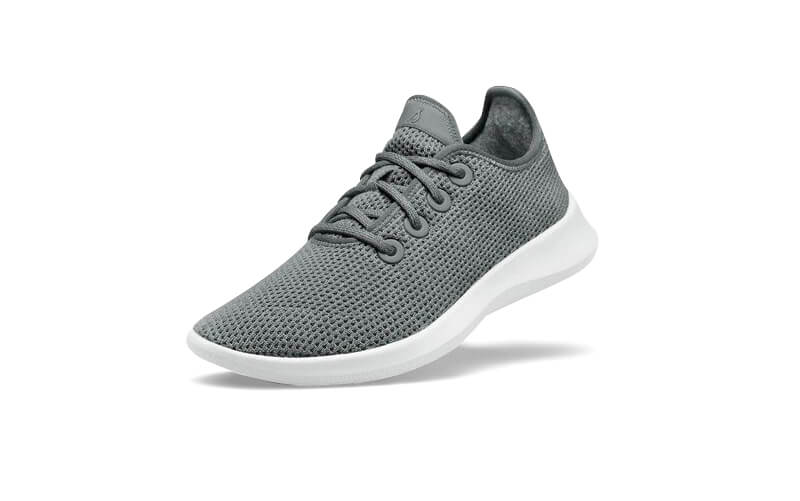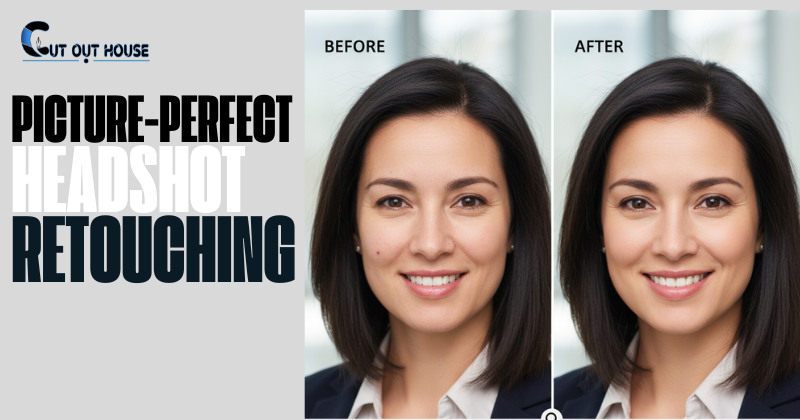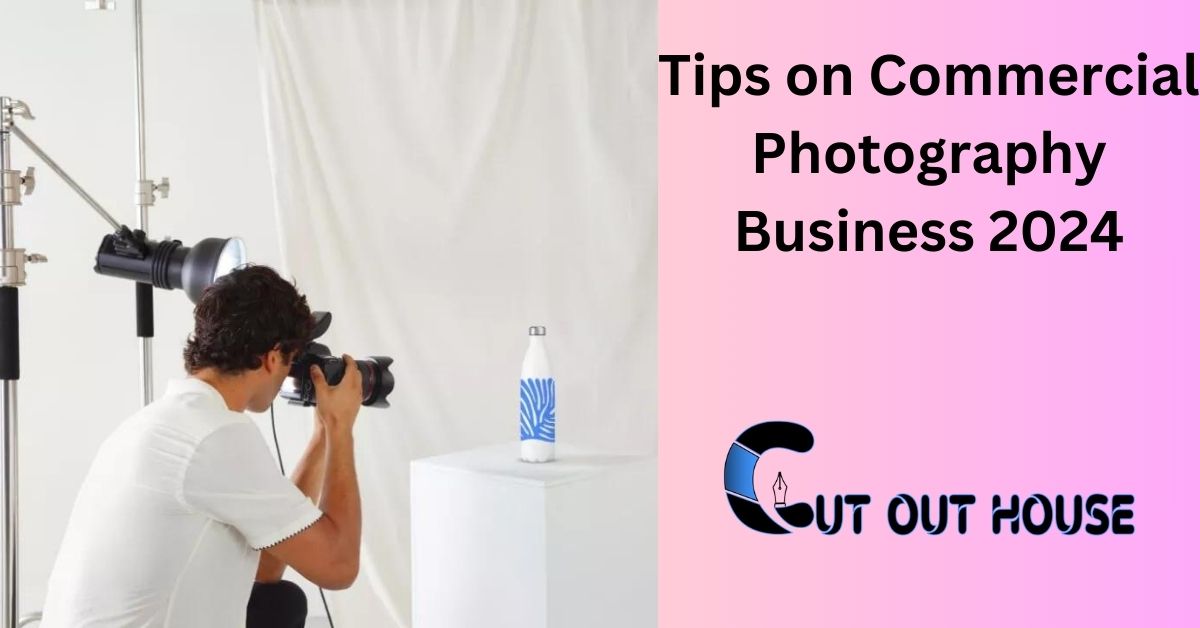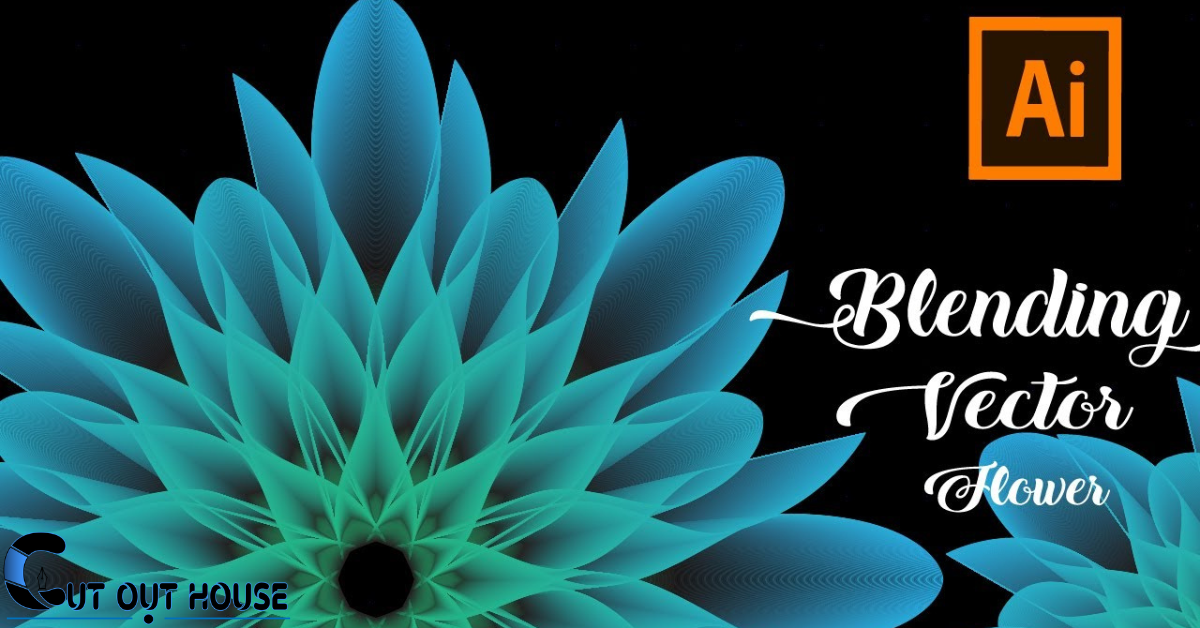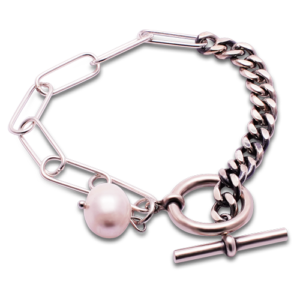When you are editing photos, the brightness of your screen can have a big impact on the quality of your work. If your screen is too bright, it can be difficult to see the finer details in your photos. Conversely, if your screen is too dark, it can be difficult to make out the colors and contrast in your photos. The best way to find the perfect brightness for your screen is to experiment with different settings until you find the one that works best for you.
How bright should my screen be when editing photos
When it comes to screen brightness, there is no one-size-fits-all answer, as the optimal level will vary depending on the specific photo you are editing. However, as a general rule of thumb, you should aim for a brightness level that is bright enough to clearly see the image, but not so bright that it causes eye strain.
If you find yourself constantly squinting or straining your eyes when editing photos, it is likely that your screen is too bright. Conversely, if you find it difficult to make out details in your photos, your screen may be too dim.
The best way to determine the ideal brightness level for your needs is to experiment with different settings until you find one that is comfortable for you. Remember, there is no right or wrong answer, so go with whatever level of brightness makes it easiest for you to edit your photos.
In general, it is also a good idea to avoid editing photos in low light conditions, as this can make it more difficult to see what you are doing. If you must edit in low light, consider increasing the brightness of your screen to compensate.
Finally, keep in mind that the brightness of your screen will also affect the color of your photos. If you find that the colors in your edited photos are not accurate, it is possible that your screen is too bright or too dim. Once again, the best way to address this issue is to experiment with different screen brightness levels until you find one that produces the most accurate colors. If you still can’t decide which brightness is best for editing a professional photo, you should get a photo editing service from a professional photo editing company.
Does your screen brightness matter when you’re editing photos?
When it comes to editing photos, does screen brightness matter? The short answer is yes, but it really depends on the situation. Let’s take a closer look.
If you’re editing photos on a laptop or desktop computer, chances are the screen is pretty bright. This is usually no problem, as you can adjust the screen brightness to your liking. However, if you’re editing photos on a mobile device, such as a tablet or smartphone, the screen may not be as bright. This can make it more difficult to see the details in your photos, which can be frustrating when you’re trying to make adjustments.
If you’re having trouble seeing the details in your photos on a mobile device, there are a few things you can do. First, try increasing the screen brightness. If that doesn’t help, you can try editing in a well-lit room or using an external light source.
Ultimately, whether or not screen brightness matters when you’re editing photos comes down to personal preference. If you find that you can’t see the details in your photos on a mobile device, try increasing the screen brightness or editing in a well-lit room.
How bright should my Mac screen be when editing photos?
When editing photos, the brightness of your Mac screen can have a big impact on the quality of your work. If your screen is too bright, it can cause eye strain and make it difficult to see subtle details in your photos. On the other hand, if your screen is too dim, it can make it hard to accurately judge colors and contrast.
So, how bright should your Mac screen be when editing photos? While there is no definitive answer, we recommend setting your screen brightness to somewhere between 50% and 75%. This will give you enough light to see clearly without causing too much strain on your eyes.
If you find that your eyes are getting tired after a long editing session, take a break and give them a rest. If you find yourself constantly adjusting your screen brightness, it might be time to invest in a pair of computer glasses specifically designed for editing photos.
What brightness should you edit photos on your iPhone?
When you’re editing photos on your iPhone, you may want to adjust the brightness to get the perfect look. But what brightness should you edit photos on your iPhone?
The brightness of a photo is determined by the amount of light that is present. If there is more light, the photo will be brighter. If there is less light, the photo will be darker.
You can adjust the brightness of a photo in the Edit menu of the Photos app. To do this, open the photo that you want to edit and tap on the Edit button.
Tap on the Adjust button and then tap on the Brightness slider. You can move the slider to the left to make the photo darker or to the right to make the photo brighter.
If you want to get the perfect brightness for your photo, it’s best to experiment with the Brightness slider until you find the perfect setting.
How many nits of brightness is good for photo editing?
There is no definitive answer to this question as it depends on a number of factors, including the type of photo editing you are doing, the type of monitor you are using, and your personal preferences. However, as a general guide, most experts recommend a minimum of 175 nits of brightness for photo editing. This will ensure that your images are bright and clear and that you can see all the details you need when editing them.
What is a good contrast ratio for photo editing?
A contrast ratio is the difference in luminance between the darkest black and the brightest white your monitor can produce. A good contrast ratio for photo editing is one that can produce a range of tones that closely match what your eye can see. For most people, this means a contrast ratio of at least 1000:1. Some photo editors may prefer a higher contrast ratio, such as 2000:1 or 3000:1, in order to have more control over the brightness of the darkest blacks and brightest whites.
When choosing a monitor for photo editing, it is important to consider not only the contrast ratio but also the color gamut and color accuracy. The color gamut is the range of colors that a monitor can display. A wider color gamut means that a monitor can display more colors, which can be helpful when editing photos. Color accuracy is the ability of a monitor to accurately reproduce colors. A monitor with good color accuracy will display the colors in a photo as they should look in real life.
Most monitors on the market today have a contrast ratio of 1000:1 or higher. Many also have a wide color gamut and good color accuracy. If you are looking for a monitor specifically for photo editing, it is important to read reviews to find one that meets your needs.
What is the default setting for brightness and contrast?
The default setting for brightness and contrast is usually 50% brightness and 75% contrast. However, this can vary depending on the monitor or television that you are using. To change the brightness and contrast, you will need to go into the menu of your device and find the settings for these two options. From there, you can adjust the levels to your preference.
It is generally recommended that you keep the brightness at around 80% to avoid causing eye strain. The contrast can be set to your personal preference, but 50% is a good starting point. If you find that the image on your screen is too dark or too light, you can adjust the brightness accordingly. The same goes for the contrast; if the image appears to be too flat or too sharp, you can adjust the contrast to find a happy medium.
What screen is best for photo editing?
If you’re looking for a screen that’s specifically designed for photo editing, then you’ll want to look for one that offers good color accuracy and a high resolution. A 4K monitor is a good option, as it will give you a lot of screen real estate to work with. Alternatively, you can also look for a high-end IPS monitor.
When it comes to color accuracy, you’ll want to look for a monitor that can display at least 99% of the sRGB color gamut. If you’re working with professional-grade photography, then you’ll want a monitor that can display the Adobe RGB color gamut. However, these monitors tend to be more expensive.
What is the best screen brightness for photo editing?
There is no easy answer when it comes to finding the best screen brightness for photo editing. However, there are a few things to keep in mind that can help you make the best decision for your needs.
The first thing to consider is the type of photos you will be editing. If you are working with very dark or very light images, you may need to adjust your screen brightness accordingly. For example, if you are editing a photo that was taken in low light, you may need to increase your screen brightness to see the details clearly. On the other hand, if you are editing a photo that was taken in bright sunlight, you may need to decrease your screen brightness to avoid washing out the colors.
Another thing to consider is the size of your monitor. If you have a small monitor, you may need to increase your screen brightness to see the details clearly. On the other hand, if you have a large monitor, you may need to decrease your screen brightness to avoid washing out the colors.
Is lower brightness better for photo editing?
There are a few different schools of thought when it comes to brightness and photo editing. Some believe that a lower brightness is better because it allows for more shadows and depth in the photo. Others believe that a higher brightness is better because it allows for more vibrancy and color. Still, others believe that it all depends on the photo itself and what you’re trying to achieve with it. So, which is it? Is lower brightness better for photo editing?
The simple answer is: that it all depends. It depends on the photo you’re working with and what you’re trying to achieve with it. If you’re trying to create a moody, atmospheric photo, then a lower brightness may be better. If you’re trying to create a bright, vibrant photo, then a higher brightness may be better. It really all depends on the individual photo and what you’re trying to achieve with it.
Of course, there are some general guidelines you can follow. If you’re working with a dark photo, you may want to increase the brightness to help bring out details. If you’re working with a bright photo, you may want to decrease the brightness to help tone down the overall look. But again, it all depends on the photo and what you’re trying to achieve.
So, is lower brightness better for photo editing? It all depends on the photo and what you’re trying to achieve with it. There’s no one-size-fits-all answer to this question. You’ll just have to experiment and see what works best for the photo you’re working with.
What is the best screen setting for photo editing?
There is no definitive answer to this question as it depends on a number of factors, including the type of photo you are editing, your personal preferences, and the capabilities of your monitor. However, there are a few general guidelines that can help you choose the best screen settings for photo editing.
The first thing to consider is the resolution of your monitor. A higher resolution will allow you to see more detail in your photos, which can be helpful when editing. However, it is also important to make sure that your monitor is set to its native resolution. This will ensure that you are getting the most accurate representation of your photos.
Another thing to keep in mind is the color depth of your monitor. A higher color depth will allow you to see more colors in your photos, which can be helpful when editing. However, it is also important to make sure that your monitor is set to its native color depth. This will ensure that you are getting the most accurate representation of your photos.
Finally, it is important to consider the refresh rate of your monitor. A higher refresh rate will allow you to see more frames per second, which can be helpful when editing. However, it is also important to make sure that your monitor is set to its native refresh rate. This will ensure that you are getting the most accurate representation of your photos.
Is a 4K monitor good for photo editing?
A 4K monitor is a great option for photo editing as it offers four times the number of pixels as a standard 1080p monitor. This means that you can view your photos in greater detail, making it easier to spot any imperfections. In addition, a 4K monitor also offers a more immersive experience, which can be helpful when editing photos.
What should I look for in a computer monitor for photo editing?
When it comes to choosing a computer monitor for photo editing, there are a few key factors to keep in mind. First and foremost, you’ll want to make sure that the monitor you choose has a high resolution. This is especially important if you plan on editing your photos at a large size; a higher resolution will allow you to see more detail and make finer adjustments.
In addition to resolution, another important consideration is the monitor’s color accuracy. For photo editing, you’ll want a monitor that can display a wide range of colors accurately. Many monitors now come with built-in color calibration features, which can be helpful in achieving accurate colors.
Finally, it’s also worth considering the monitor’s viewing angles. When you’re editing photos, you’ll often be looking at the screen from different angles. A monitor with good viewing angles will allow you to see the image clearly from any angle, without colors washing out or distorting.
Is HDR needed for photo editing?
Do you need HDR for photo editing? The short answer is no. HDR is a great tool to have in your arsenal, but it’s not necessary for every image. That said, there are certain situations where HDR can be very helpful. Let’s take a look at a few of them.


